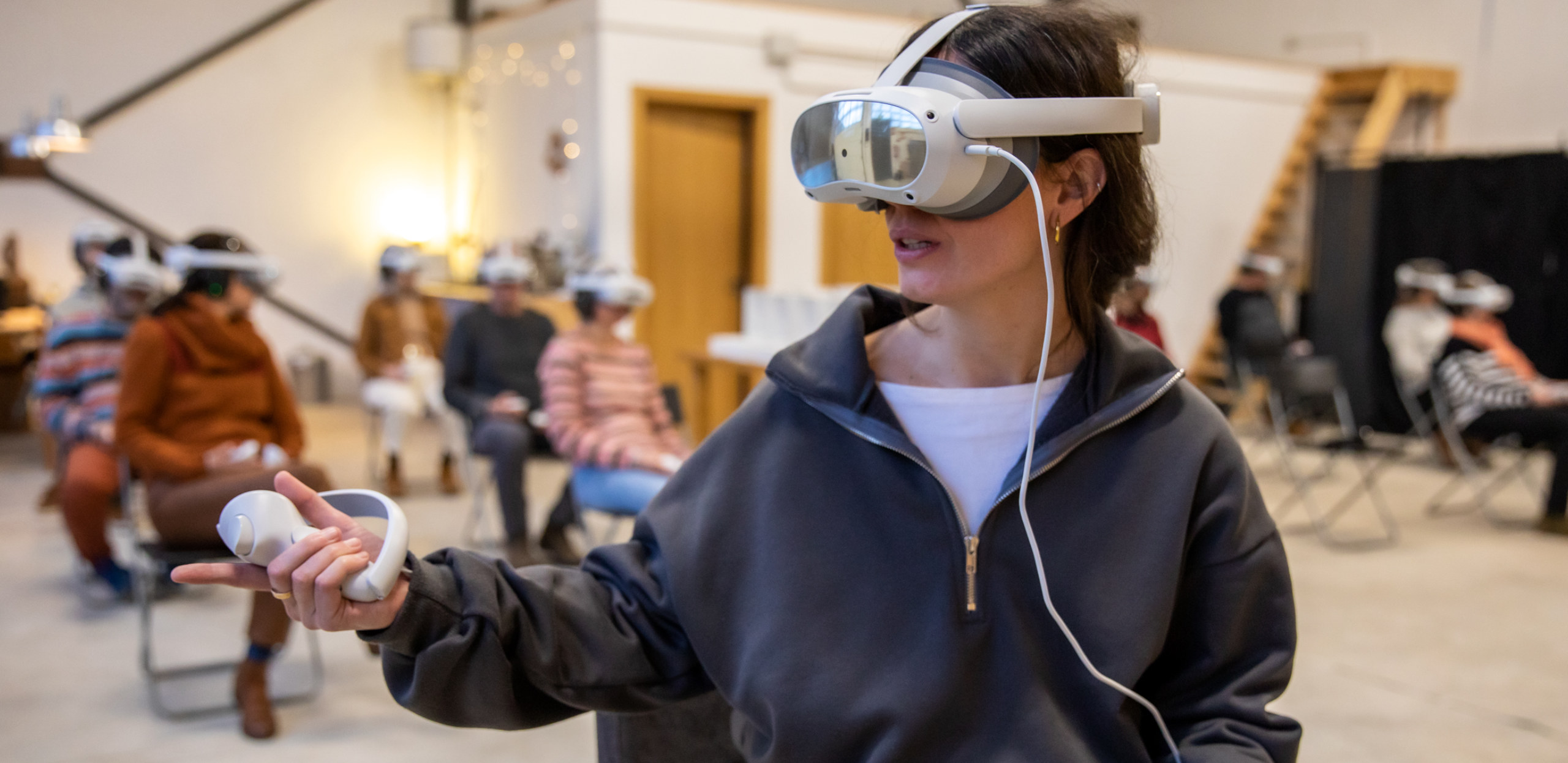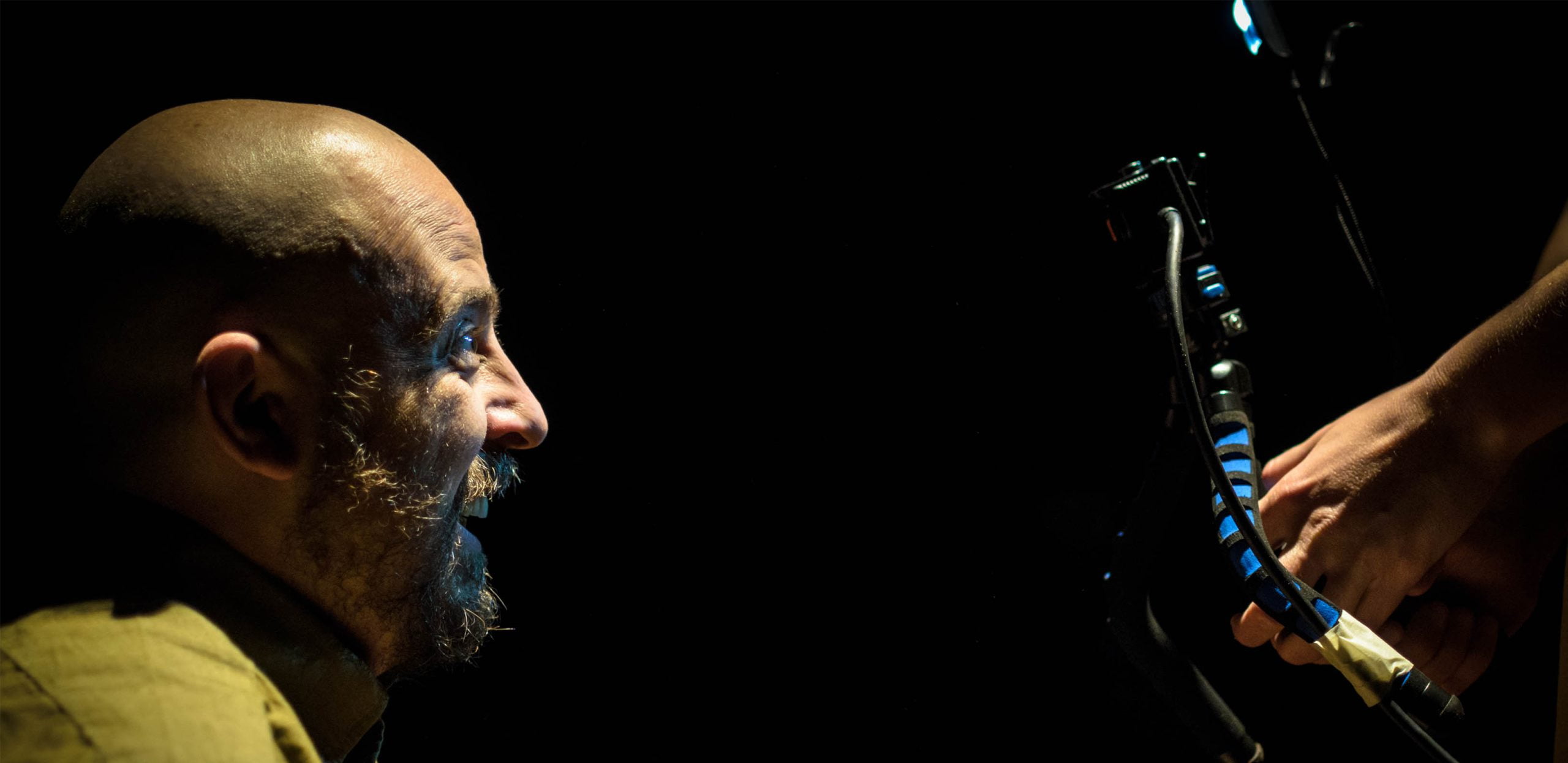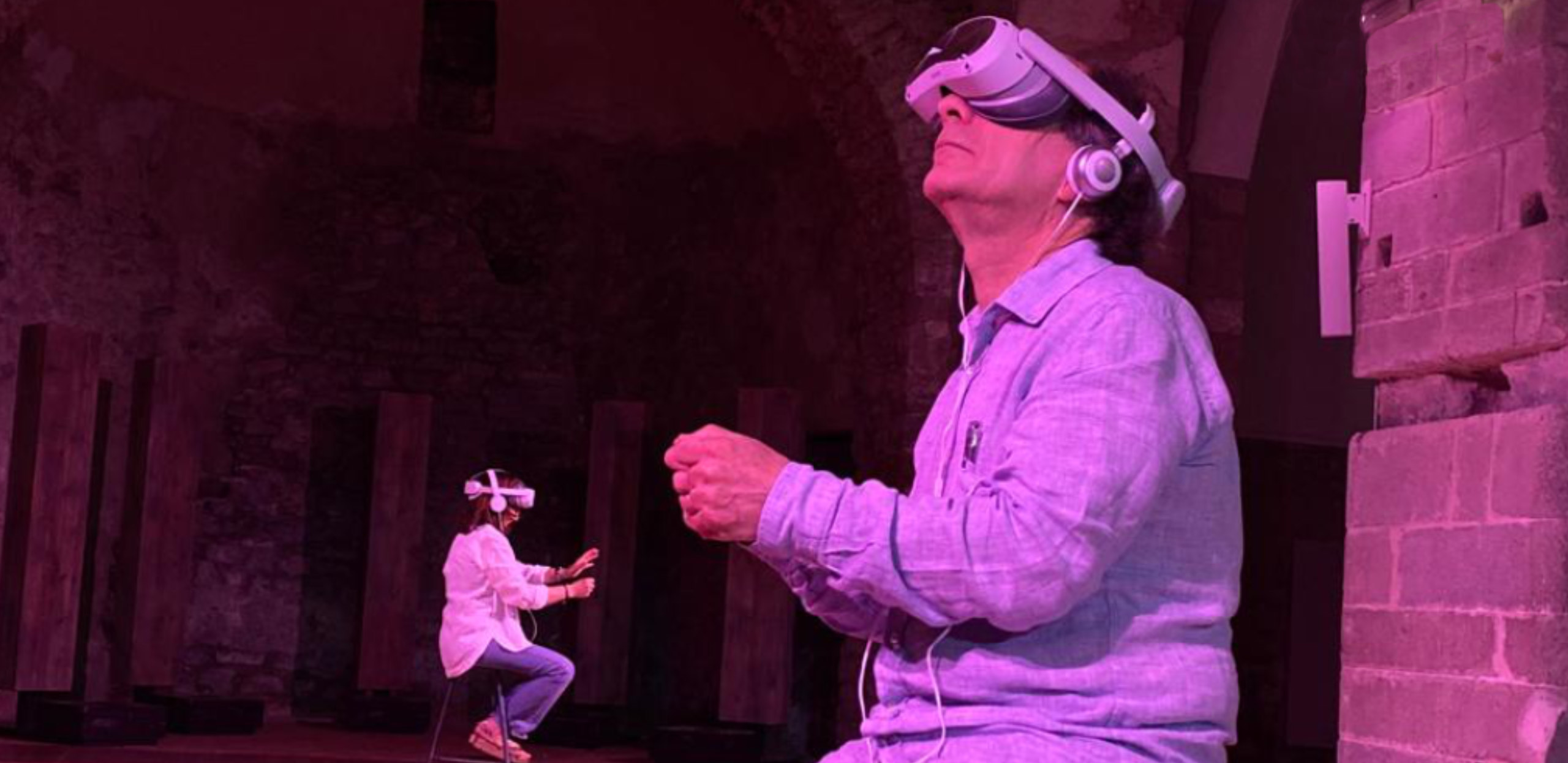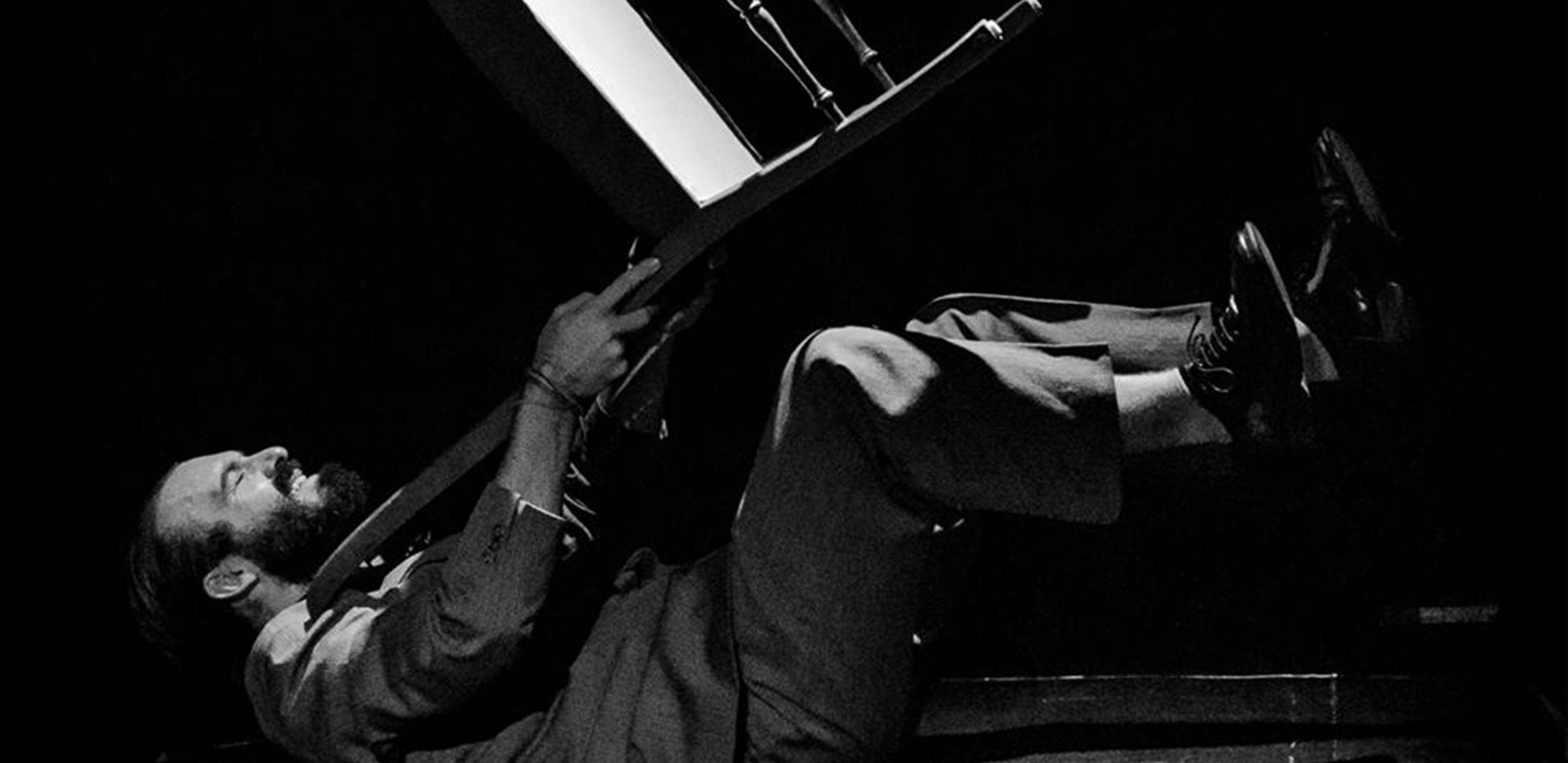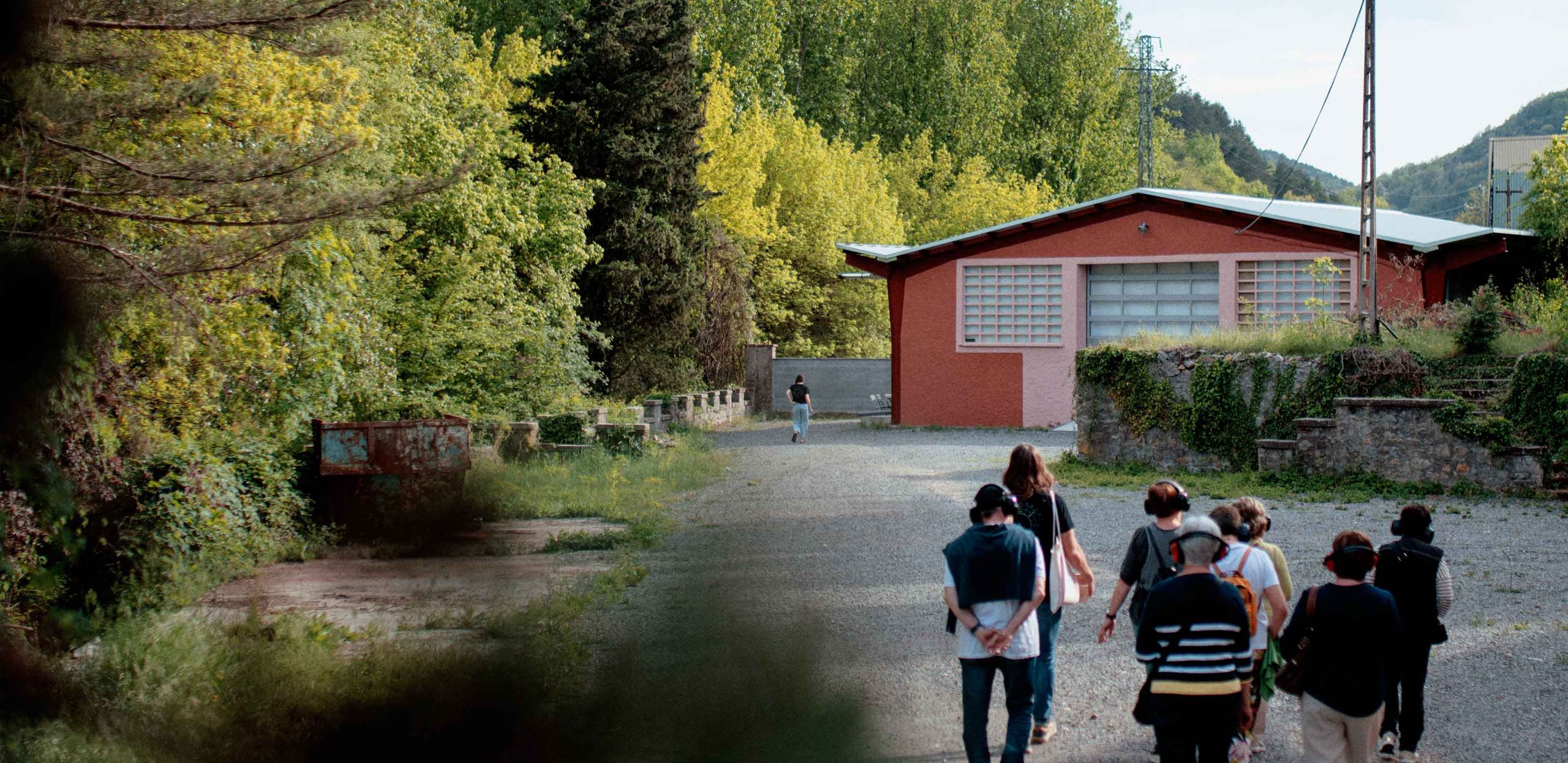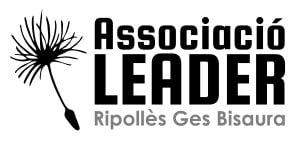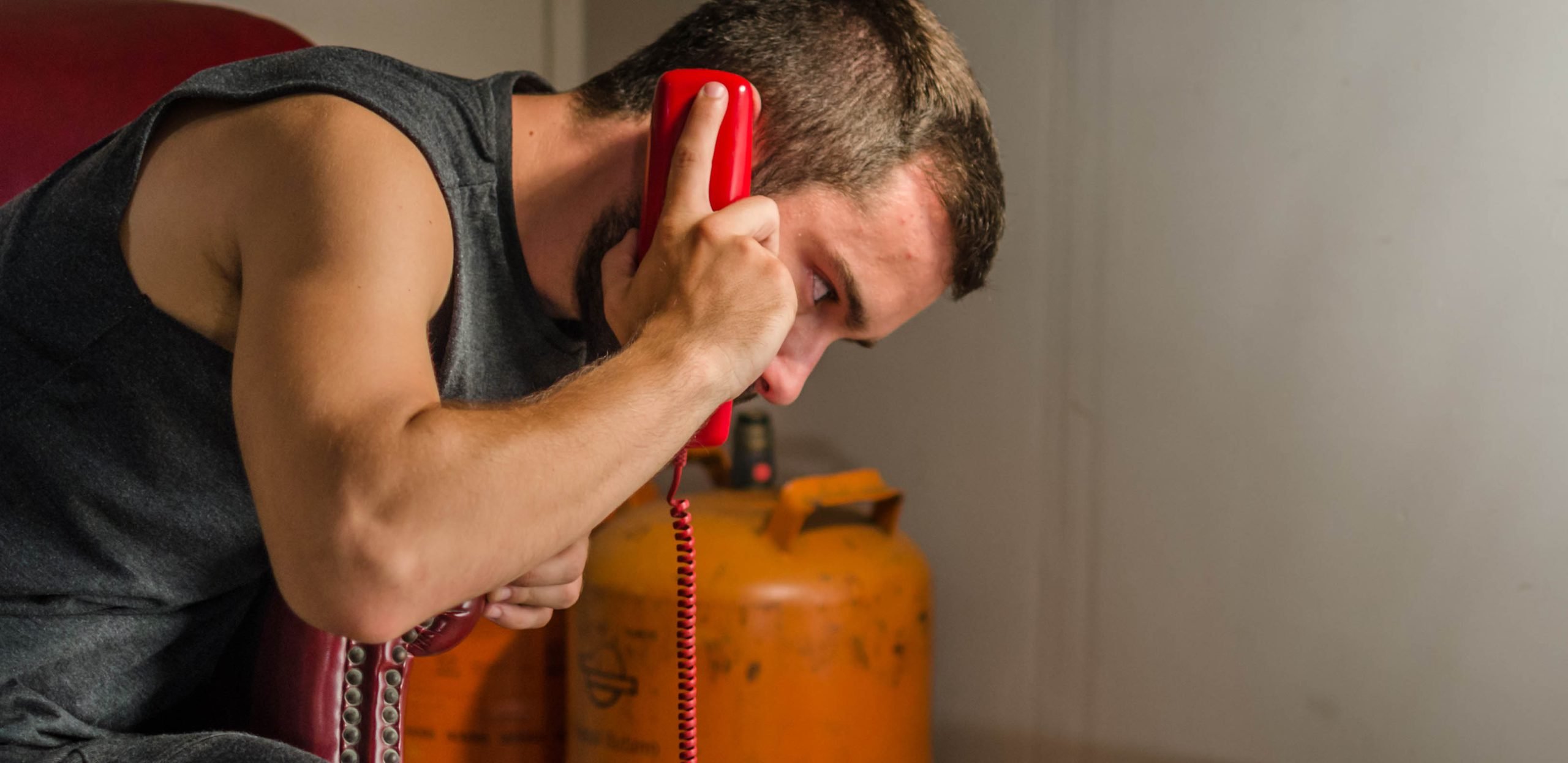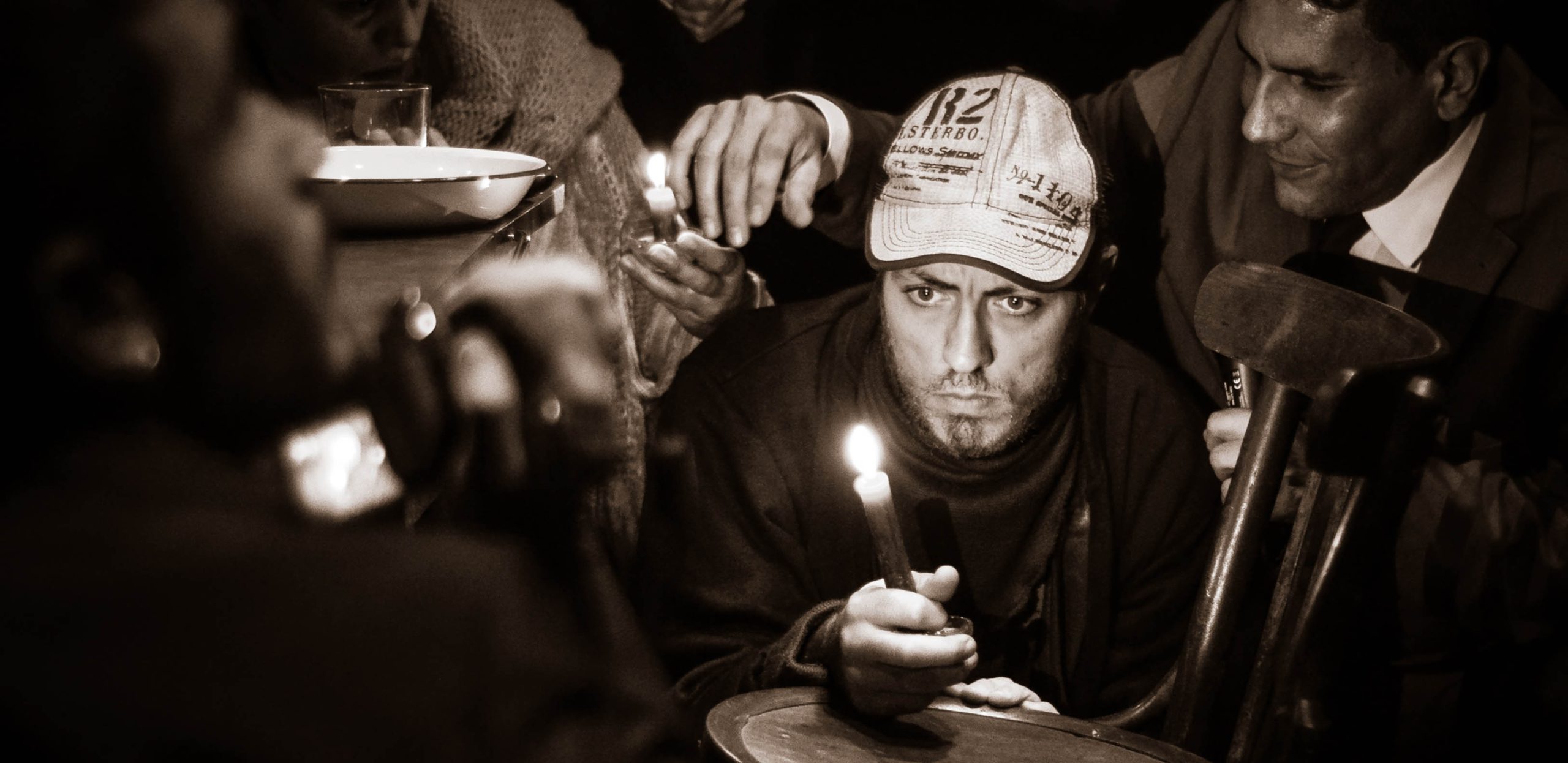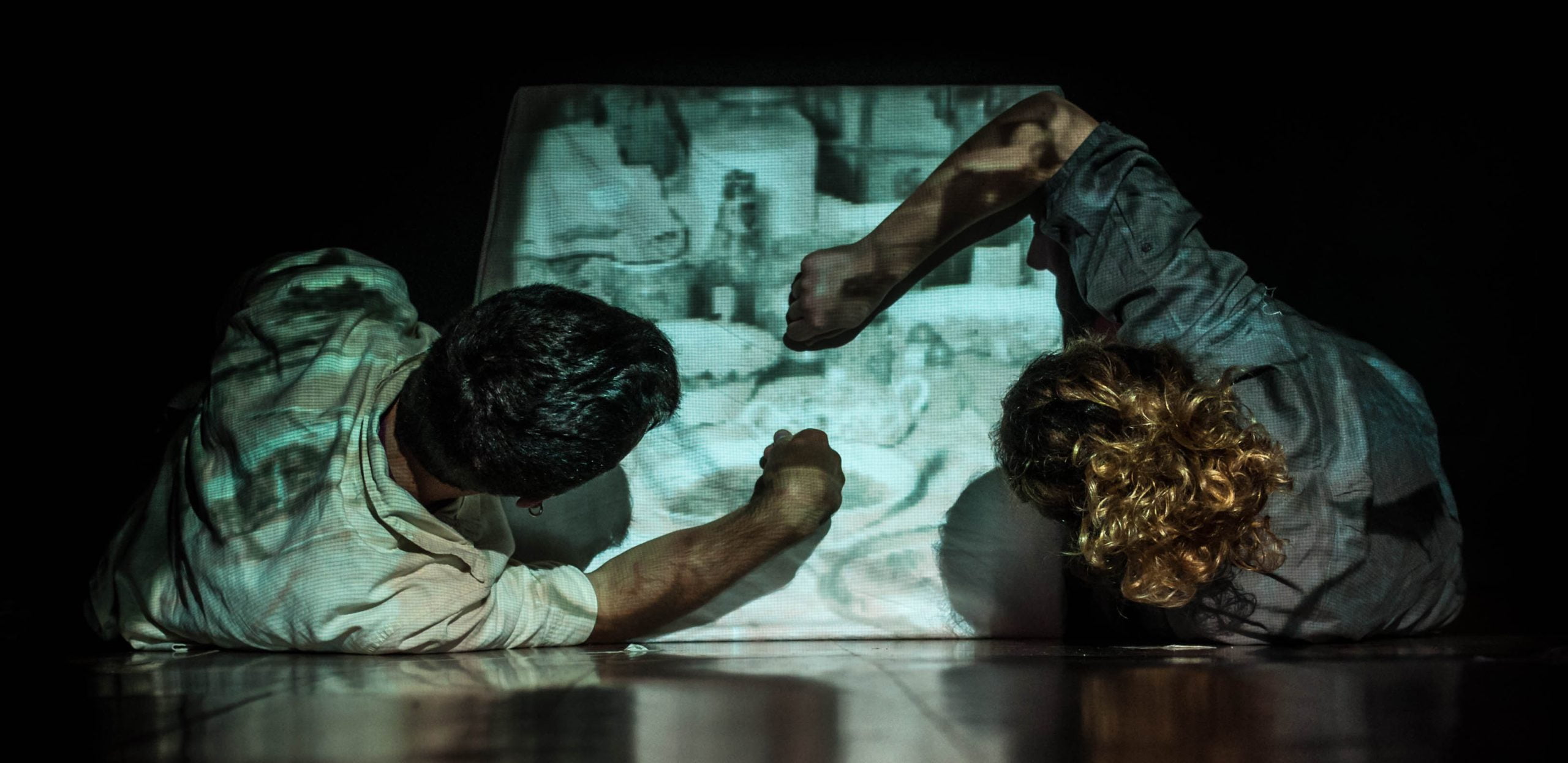Diogenes Garten is an immersive live virtual reality (VR) performance that explores the concept of Europe through myths and texts that define its identity. It is the final piece of our trilogy of the migration “li/ea/ving”, centered on the idea of the “promised land”.
It is the first VR production with live performers in Catalonia, offering an innovative and interactive experience where the audience actively participates in the narrative.
The team:
Written and directed by: Jordi Pérez i Soldevila
Performers: Alba Rosa and Jordi Pérez i Soldevila
Programming: Marc Guardiola
Jordi Pérez
3D creation: Groc Studio
Music: Totizou
Communication: Alba Rosa
Production: Annika Sillander
Photography: Xènia Gasull
Video: Sergi Colomé
With the collaboration of: Photon Engine
With the support of the Department of Culture – Generalitat de Catalunya – Next Generation EU Fund
